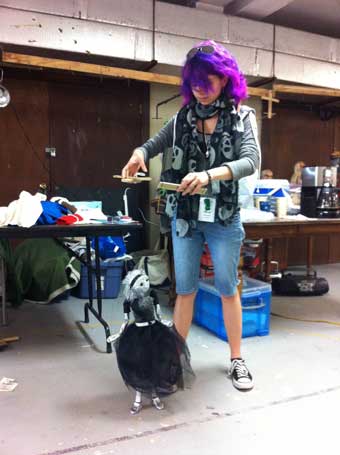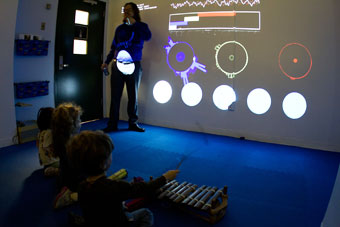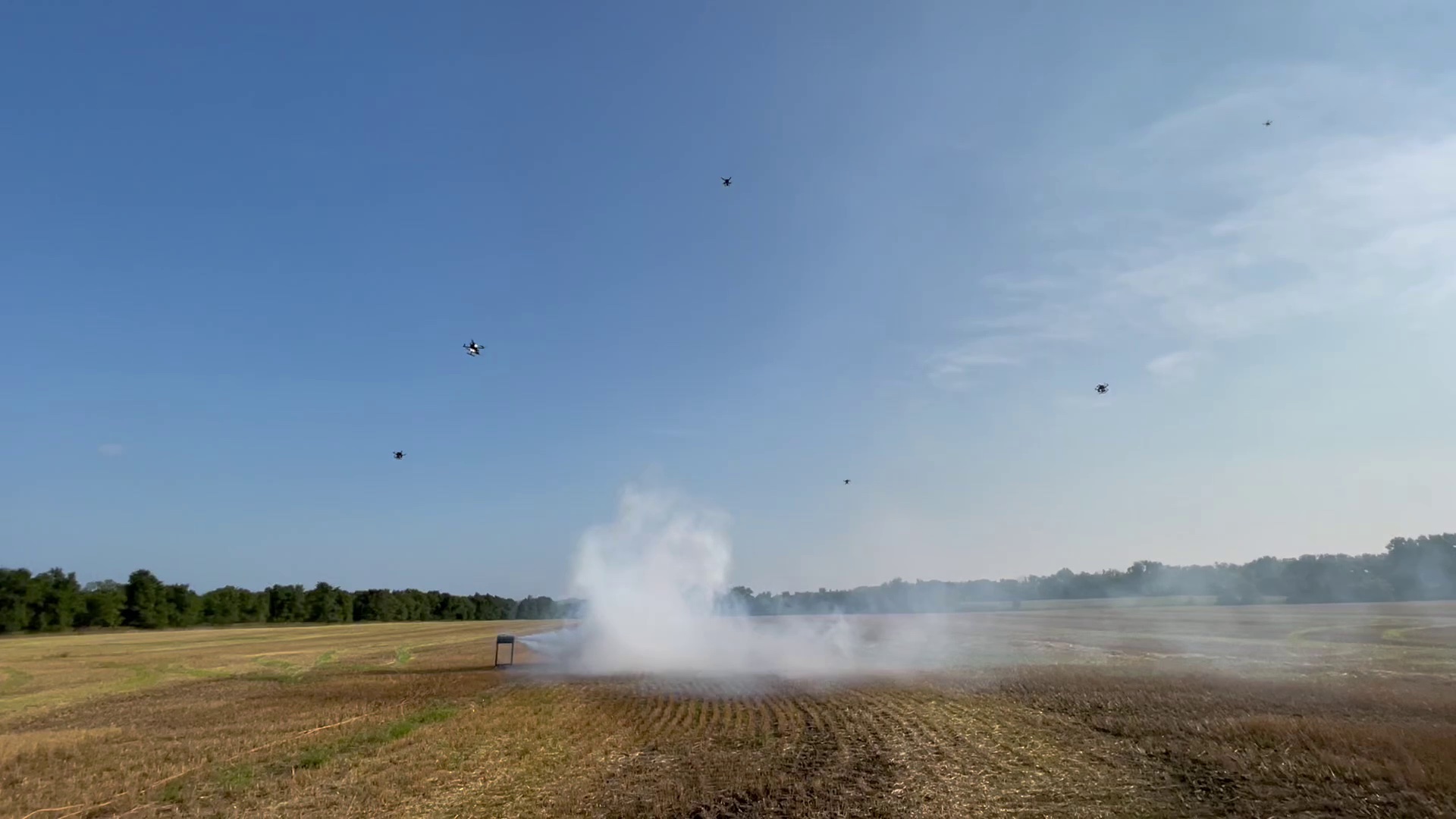Engineer Profile (Caitlin) Katie-Correll
Engineer Profile (Caitlin) Katie-Correll

Katie Correll is an up-and-coming mechanical engineer with a passion for puppets and robotics. So when she learned from her mentor that the ASME student section at her institution, The Cooper Union for the Advancement of Science and Art in New York, was engaging in a project for children that involved dancing fish and talking flowers, she couldn't be more excited to be involved.
Supported by two ASME Diversity Action Grants (DAG), Cooper Union students designed and installed the Interactive Light Studio, an educational play space located at the American Sign Language and English Lower School (Public School 347) in Manhattan. The unique student population of the school is composed of deaf, hearing impaired, and children of deaf adults, as well as hearing students.
The Studio involves many elements crafted to encourage youngsters to discover science and engineering, as well as “ways for both deaf and hearing kids to explore light and indirectly experience sound,” describes Melody Baglione, Cooper Union professor of ME and ASME’s faculty advisor. The studio includes a digital projection system and giant interactive screen. Images are projected on the screen, such as fish, and flowers that are synchronized with music and other sounds. As the kids move in the studio, the visual and sound elements respond, serving as the basis for various learning exercises.
Correll, who chaired ASME’s Cooper Union Student Section for two years, became involved in the project for her senior design class. “I wanted to teach the children about music, because music helps kick-start an interest in science, technology, engineering and mathematics (STEM),” she recalls. The project had already been up and running for a year, but she immediately saw ways of improving it.
In particular, she noticed that the majority of the time the kids were utilizing the space for free-time play. But realizing there was much more potential to expand upon what her teammates had already produced, she got to work designing a curriculum that could easily be incorporated into the Studio, with an aim of engaging the children even more. “We wanted structured learning,” she notes. “I saw this need and I wanted to help fill it.”
With a background in toy design, Correll and the ASME Student Section designed and implemented a STEM-based curriculum that expanded on the project’s original theme of exploration of sound and light. The central feature pursued was how shadows are cast. The lesson allowed the kids to suggest an object, guess the shape and morphology of its shadow, and explore how the shadow would change as the object is reoriented or if the light source location was adjusted.
Fellow classmates, at Cooper Union, Dale Short and David Tan, added ways for children to explore sound and music visually. One program they designed allows the kids to visualize sounds they create with their voices or musical instruments. Another program enables them to use movement to manipulate sound by triggering different portions of a song, such as vocals, percussion, or keyboards.

The technical aspects were particularly fascinating, notes Correll. The project installation used an Xbox Kinect and microphone as sensors, and graphics were generated by OpenFrameworks, a C$-based toolkit that allows for rapid development of computer graphics. The Cooper Union students had not used these systems before so they especially appreciated the chance to enhance their programming skills and sensor array expertise. But they also gained crucial leadership and teambuilding expertise, as well as knowledge about how to design and implement a customized system for a client.
The outcome of the project was extremely encouraging. The curriculum resonated with the kids who gained an appreciation for the connections between math and engineering and sound and light. “Elementary school is where kids make a choice about STEM,” says Correll. “We’re giving them a chance to learn about it and get inspired and find it really fun.” In recognition for her efforts to promote engineering fundamentals, she received the 2012 Gold Medal of the ASME Charles T. Main Award.
Correll is now on to a new phase in her career. She recently graduated and is pursuing a Masters in entertainment technology at Carnegie Mellon while interning for The Jim Henson Company. But she clarifies that the ASME project solidified her passion for STEM. “It reinforced in me that going into a career in engineering doesn’t have to be a traditional engineering career with HVACS,” she says. “I can do something really creative and innovative like designing these systems.”
And she couldn’t be happier that the ASME DAG program helped to support her team’s vision and goals. “If we hadn’t been able to access the funds from DAG, we wouldn’t have been able to create such a robust system that’s going to help these kids for years and years to come,” says Correll. “Our program is going to touch lots and lots of students, and that means a lot to me.”
Diversity Action Grant Applications may be submitted from the Beginning of the Fall Semester until the Deadline of November 1st.
.jpg?width=850&height=478&ext=.jpg)


